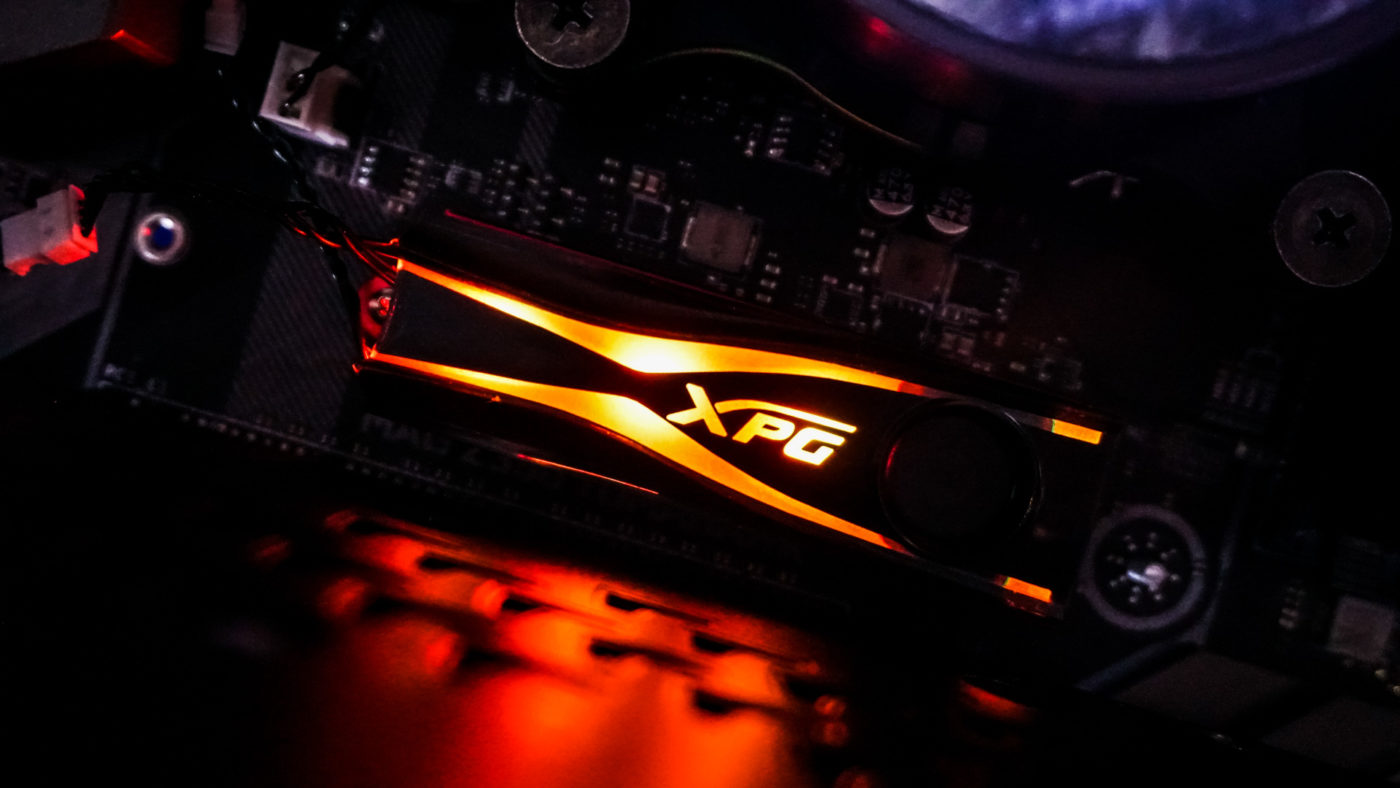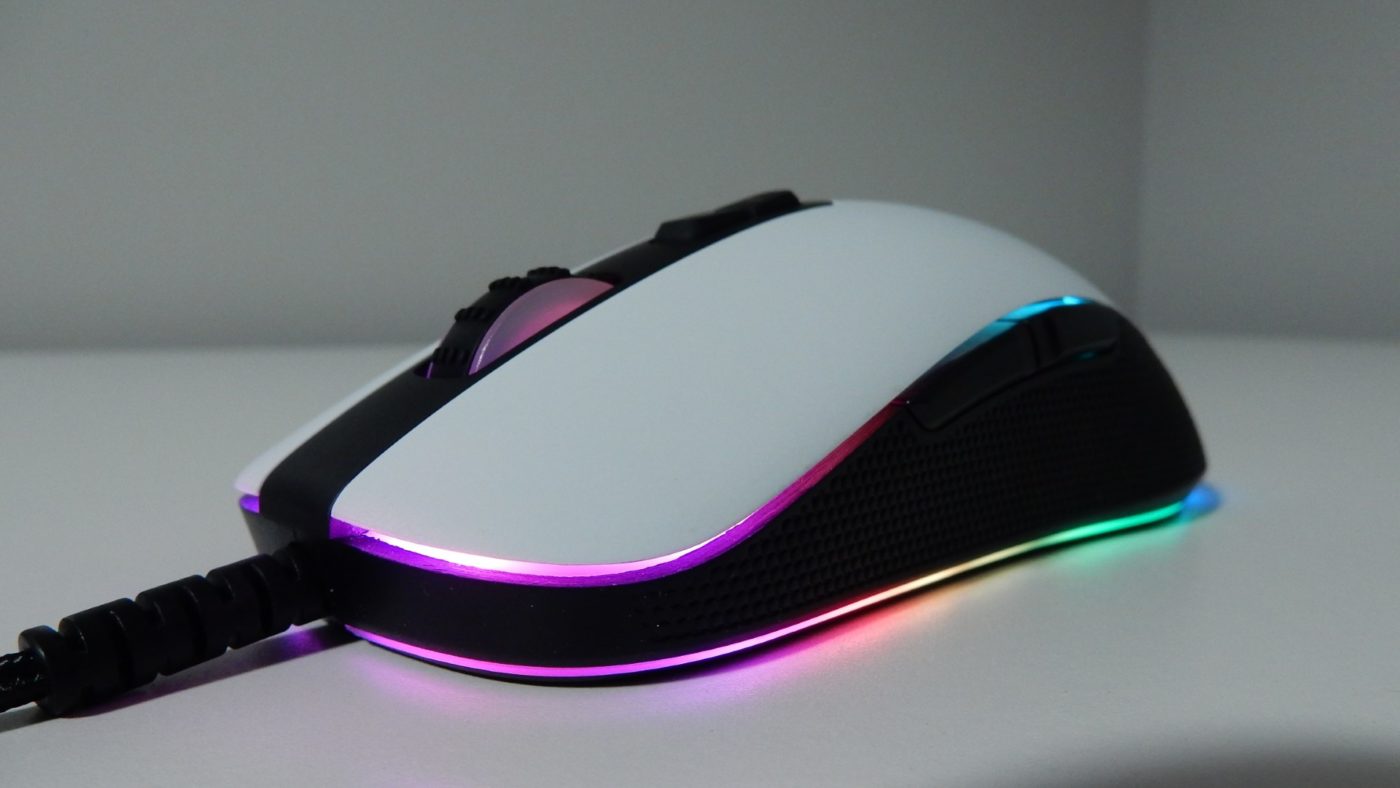Archer C5400X Overview
Before we get too far into the review, it is worth mentioning that the Archer C5400X has a quite “extreme” look that has been seen with other gaming-oriented routers. While most of us are pretty used to a small router with a few antennas protruding from the back, the C5400X’s eight antennas surrounding the perimeter may be a bit of a shock. The large size and red color accents take a level of commitment that some people just may not be ready to undertake. With that out of the way, let’s take a closer look at the C5400X.
Measuring in at 9.5in x 9.5in without antennas, and 11.3in x 11.3in with, the C5400X takes up a decent amount of desk space. The body of the C5400X is all black plastic, with a good amount of ventilation on the top surface. Beneath the perforated top panel is a 1.8 Ghz quad-core CPU that is paired up with three co-processors. This may seem like a lot of computing power for a router, but when you take into consideration all of the advanced networking options and features found on the C5400X, you will be glad that that much power is available. Paired up with the computing power is 1GB of system RAM. Centered on the top panel is an illuminated TP-Link logo that glows various colors depending on the current status of the router. When everything is functioning as intended, the logo is a solid white.
The front side of the C5400X features three small buttons which each have their own unique function. The left button is used to enable the WPS function for easy client device connectivity, while the center button can be used to quickly enable or disable the wireless function of the router. The button on the right is used to turn on or off the router’s LED indicators. Occupying the right side of the router are two USB 3.0 Type-A ports. These ports can be use for a variety of functions, the most common being to attach external storage like a USB hard drive, or for connecting a printer.
The rear panel of the router is quite full of features, the first being a small hole that leads to a standard reset button for when things go awry. Next up is a single 1 Gbps Internet port for connecting your DSL or Cable modem. Eight more 1 Gbps ports span most of the width of the back panel, and function as a gigabit switch for your wired devices. A simple On/Off button sits to the right of the switch ports, and a standard power port is last on the right, and pairs up with the external power brick.
Surrounding the router, placed at each corner and in the middle of every side, are eight antenna connection locations. Each antenna simply snaps into place at each mounting location, with no room for any adjustment. While many consumer routers offer antennas the can be rotated and angled in just about any direction, the C5400X utilizes stationary antennas in its design. And while it might be tempting, it is not best practice to flip the router over and use it as a small stand or table. All jokes aside, the antennas do add quite a bit of height to the unit once they have been installed.
The bottom of the router features much more perforation for passive cooling, and four rubber feet help keep the unit in its place. There are also four mounting holes that can be used to secure the router to a wall or ceiling for a bit of an alternative mounting option.












